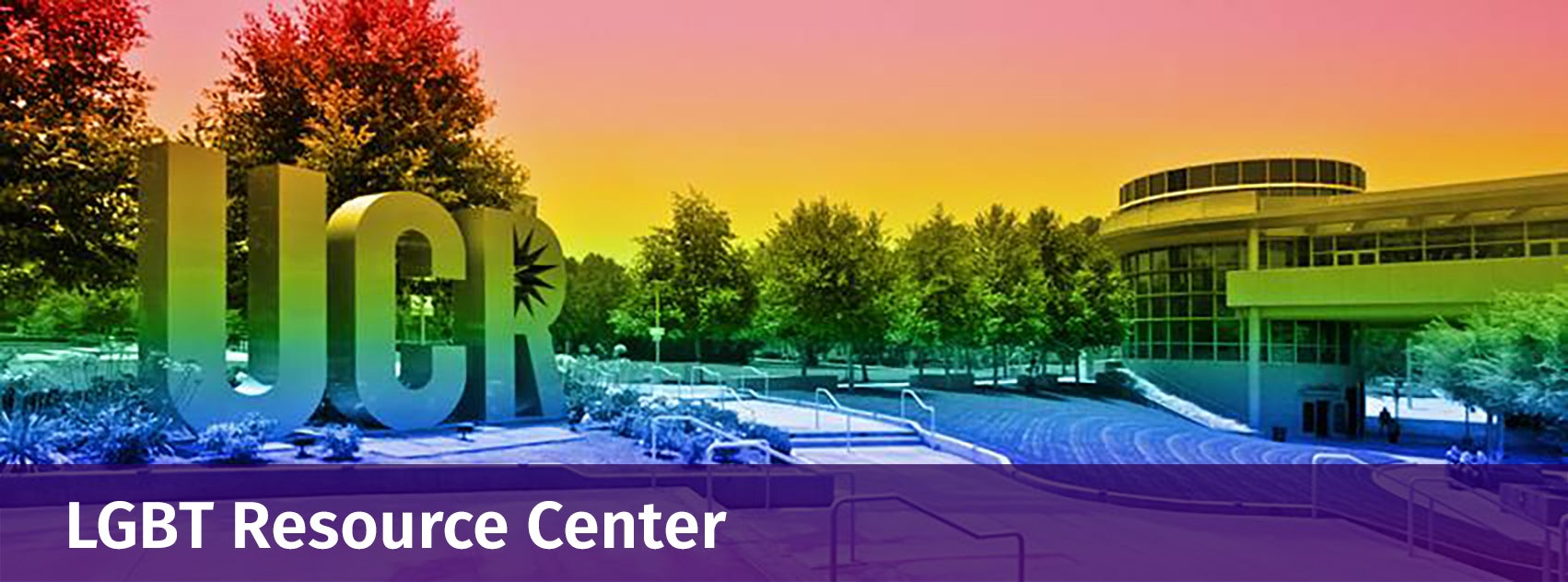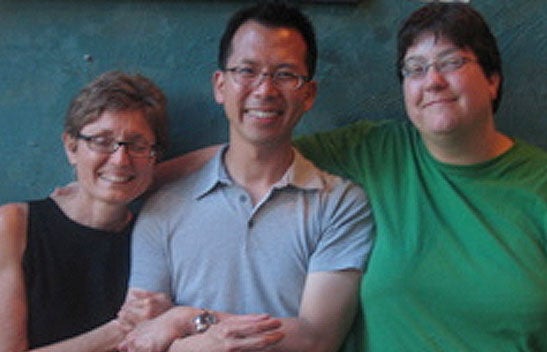Our Mission & History
The LGBT Resource Center provides support, education, and advocacy regarding sexual orientation and gender identity for the UC Riverside campus community.
Additional Mission Statements We Follow
We Like to Break Ground — Milestones of Pride
We made history as the first campus in California to have a professionally-staffed LGBTQ+ resource office when our doors opened in 1993. In 1996, we became the first campus in California to offer an LGBTQ+ studies minor. In 2005, we were the first public university in the nation to offer a gender-inclusive housing option to all students. Today we continue our commitment to innovation and support.
A Center is Born
Before we had a center, LGBT activism had long had a home on UCR’s campus. Groups like Queer Alliance and activists like Kalyn Smith-Tranquil’son were already helping to give the LGBT community a voice.
The idea of founding an official LGBT Resource Center started to take shape in 1992, when it became the primary goal of the Chancellor's Advisory Committee on the Status of LGBT's (CAC). This committee was (and is) comprised of UCR staff, faculty and students (LGBT and allies).
The CAC first sought out a physical meeting space for LGBT students and allies, but available rooms were scarce. As a result, the committee met with Executive Vice Chancellor Everly B. Fleischer who, with the support of Chancellor Rosemary S.J. Schraer, agreed to provide a space on campus.
The first available space was an abandoned corridor in a residence hall. Meetings were held in the space, but it wasn't yet staffed, nor was it a fully functioning center.
In 1993, the CAC found a new home for the center in the Commons, and, at the same time, searched for a director. Steven Shum was selected and became our first director. With the new space and director secured, the official LGBT Resource Center was born!
Location and Partners
The center’s first 245-square-foot home in the Commons was located at 228 Costo Hall, an office space between Chicano Student Programs and Native American Student Programs. That space is now the Meditation Room. The center then moved to 250 Costo Hall (and more than doubled in size) in 1995. In 2007, the center moved to its current location at 245 Costo Hall, where it nearly doubled in size again. As our programs and impact grew, so did our center!
Throughout the campaign to establish the center, the CAC received support from both the Women's Resource Center and The Commons Board.
Our students wanted an LGBT resource center at UCR, and they, the CAC, and all of their partners, made sure it happened.
Moving Forward
Since our doors first opened over thirty-five years ago, we have developed model programs and services, seen amazing student organizations grow, and made a difference with our valuable outreach and events.
As we move toward new goals, we continue our work to ensure that the LGBTQ+ and allies community has a voice, that voice is heard, and that the result is continual positive change that benefits everyone at UCR and beyond.
Pictured left to right: The directors of the LGBT Resource Center (Maggie Hawkins, founding director Steven Shum, Nancy Tubbs.
You Belong at UCR
All programs, services, and events offered through Student Affairs are open to everyone, consistent with federal and state law and the University of California’s nondiscrimination policies. Whether you’re seeking support, joining a community, or participating in campus life, every effort is made to ensure your experience is inclusive, respectful, and accessible, regardless of background or identity.
To learn more, visit the UC Nondiscrimination Statement or the Nondiscrimination Policy Statement for University of California Publications Regarding Student-Related Matters.

